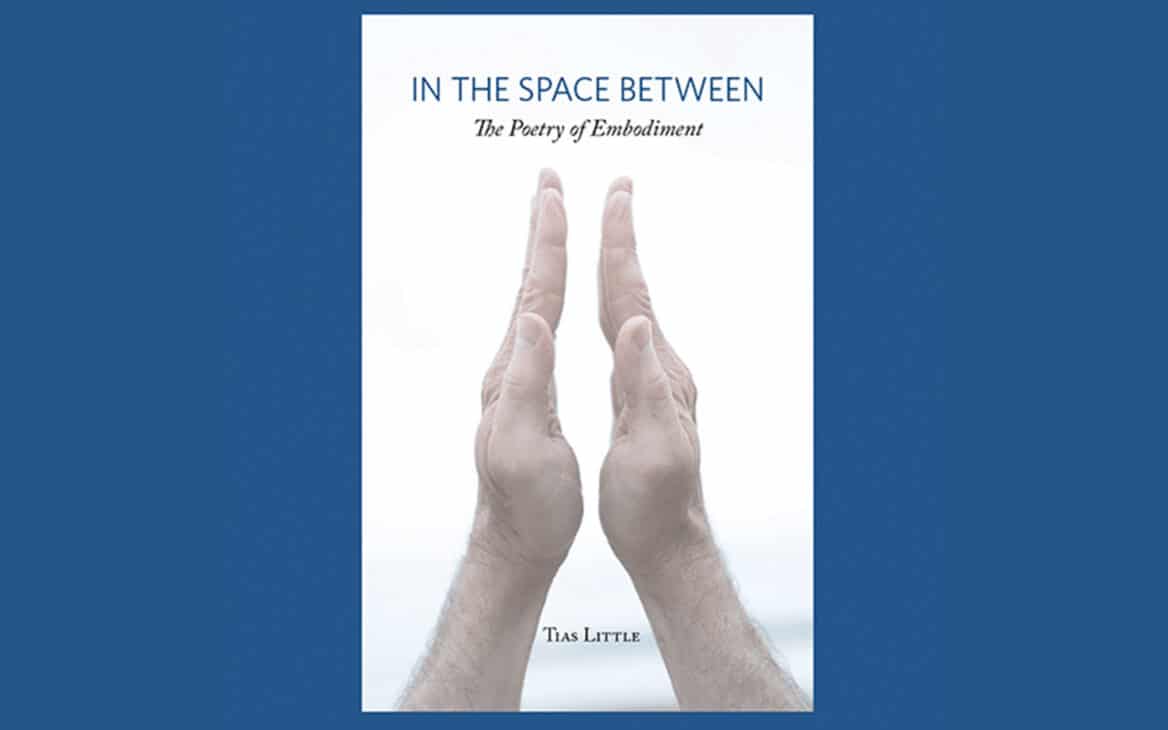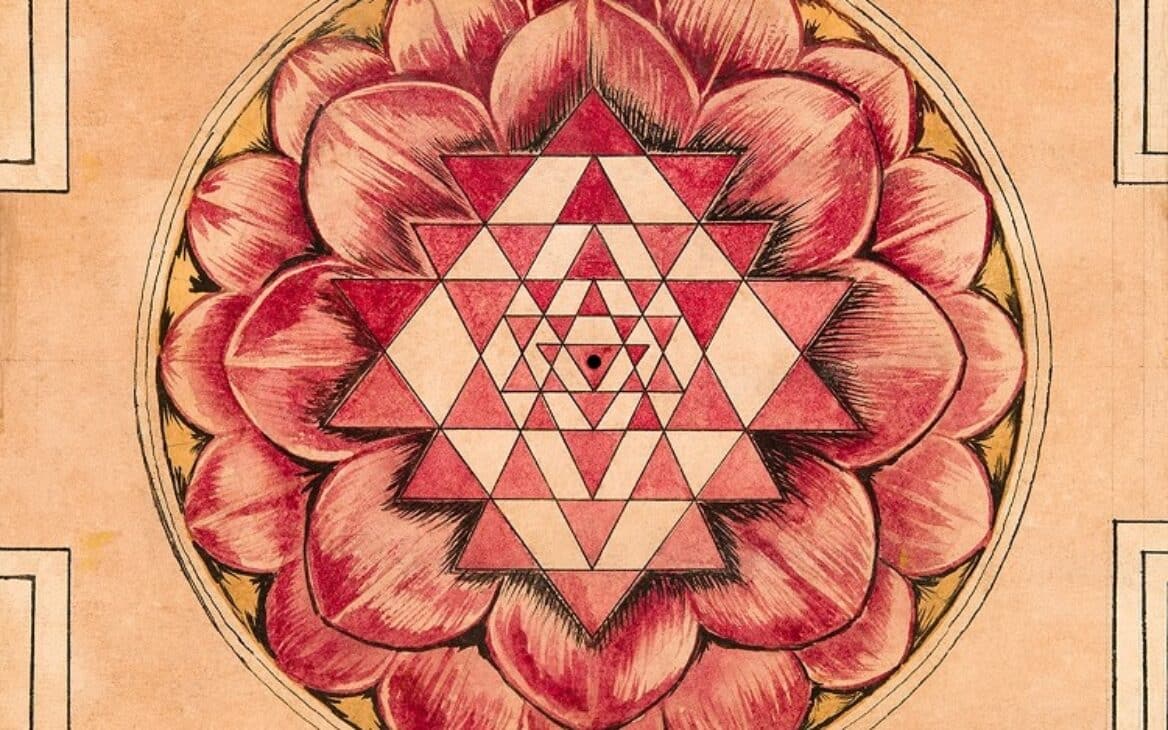Tias was honored to be featured by Shambhala Publications, the same publisher that released his book, Yoga of the Subtle Body. Click here to view the original article!

Meditation on the third-eye center is one of the most classic of all techniques in subtle body training. I have been revisiting the potency of this practice and wanted to share a few thoughts.
The bridge of the nose is called the Nasya Mula, or Root of the Nose. There is a marma point in Ayurveda associated with this location in the region between your eyebrows. Look at an anatomy book to get a better sense of this juncture. It is where the frontal bone and the nasal bones come together.
The uppermost cheekbone (Zygoma) inserts into this same junction. Always keep cheekbones wide and spacious! There is movement at this cranial suture. See if you can sense this juncture in your sitting practice.
The upper nostril and the third eye are closely linked. The Olfactory Nerve (Cranial Nerve Numero Uno) connects to the uppermost “ceiling” of the nostril area. So when doing pranayama, the upper nasal passage should be light and the breath should move back along the upper nasal passage.
The Olfactory sense is the primary sensory organ. Think of the extended nasal bones of a deer or dog. The sense of smell is related to the element of earth and the muladhara chakra. Thus, there is a connection between the Root of the Nose and the Root of the Spine.
Meditation on the third-eye center takes you straight into the central channel, Sushumna Nadi. In sitting practice, sense the way this area dilates. You might even sense a super subtle vibration—a pulse at the top of the bridge of your nose.
Sense connection from this place on your forehead back to the center of your brain. Be sure to let your eyes soften and move them gently downward.


